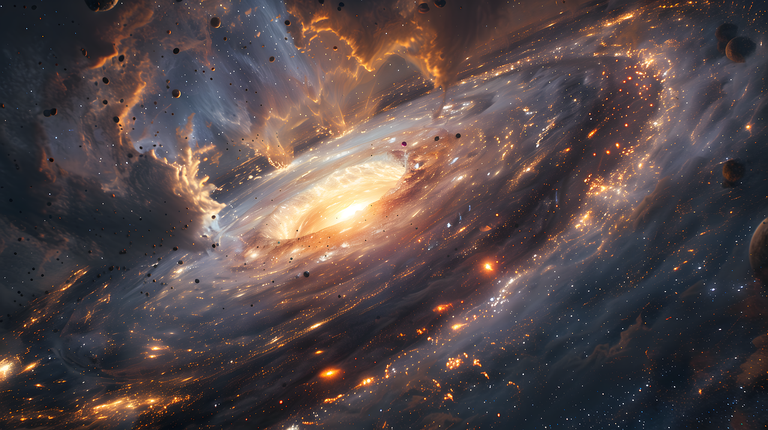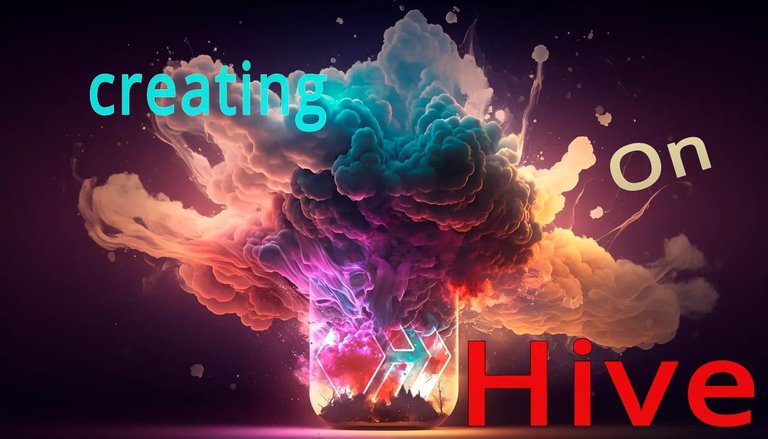An Alternative To A Black hole - Gravastar
Stars don't last forever, they all seem to have a lifespan and during those lifespans can take on different forms. During their lifespan leading to their eventual demise (not the usual stars we are familiar with) there's this battle between their internal pressure and gravitational influence, eventually gravity wins and for very massive stars can lead to the formation of "stellar mass black holes" - that's what the conventional view of Einstein's theory of general relativity tells us. Although there's now evidences for the existence of black holes, not much is known about this so called physical black holes, it could be something else parading as a black hole. Theoretically, there are problems with black holes, the two most popular being
The presence of a singularity - a region (usually the centre of a black hole) with infinite density, in other words all of the mass of the black hole is trapped in zero volume.
The other problem being the presence of the "event horizon" - a spherical boundary just after the centre of the black hole, if a black hole indeed possessed an event horizon, then we outside can never tell what's actually going on inside of the black hole - it would remain eternally mysterious.
In order to do away with these artifacts, two astrophysicists Pawel O. Mazur and Emil Mottola prosed the existence of "gravastars" - gravitational vacuum condensate stars, as an alternative formation to black holes.
What are Gravastars?
Gravastars are hypothesized to be ultra-compact objects that could potentially form as an alternative to black holes under certain conditions. Unlike black holes, which have an event horizon—a boundary beyond which nothing, not even light, can escape, gravastars are proposed to have a core of exotic matter surrounded by layers where the effects of gravity and quantum mechanics play a crucial role.
According to general relativity, black holes are formed when massive stars collapse under their own gravity, leading to a singularity where all known physical laws break down. However, gravastars propose an alternative scenario where the collapse halts before a singularity forms, owing to repulsive effects arising from hypothetical forms of exotic matter - a Bose-Einstein condensate, and the event horizon replaced with an outer thin shell of normal matter.
Differentiating from Black Holes
One of the key distinctions between gravastars and black holes lies in their internal observable characteristics
No Singularity: Gravastars don't have singularities, instead a core of Bose-Einstein condensate matter is formed that creates an internal pressure to counteract the gravitational collapse.
No Event Horizon: Unlike black holes, gravastars would not have a definitive boundary beyond which nothing can escape. This is replaced with a thin shell of normal matter and could lead to observable differences in the gravitational lensing and emissions from these objects.
Low Entropy: Since the Bose-Einstein condensate is naturally the lowest state of normal matter - nearing absolute zero, gravastars are believed to have very low entropy compared to black holes with very large entropy.
Instability: Black holes are naturally stable when rotating but it's the opposite for gravastars. However, a recent theoretical solution has emerged that proposes another version of gravastars that can be stable during rotation.
Observational Challenges and Future Prospects
What is not mentioned in this article is that gravastars can be mistaken for black holes and vice versa, this is because theoretically, the properties (particularly the metric) outside of a gravastar and that of a black hole are very nearly similar. The detection of gravastars would then require sophisticated instruments capable of discerning subtle differences in gravitational effects and electromagnetic emissions compared to black holes and other celestial bodies.
Implications for Astrophysics and Cosmology
The discovery of gravastars would revolutionize our understanding of
Black Hole Formation: By providing an alternative to the black hole paradigm, gravastars could refine our models of stellar evolution and collapse.
Dark Energy: Our universe is currently expanding in an accelerated manner and this is due to what is now known as "dark energy", you could think of dark energy as exerting some kind of anti-gravity influence (pushing matter outwards) and it has been suggested that the core of a gravastar is in fact a Bose-Einstein condensate of dark energy - it's anti-gravity effect provides the internal pressure needed to counteract the gravitational collapse. This implies that gravastars could provide clues about the fundamental nature of dark energy and its role in shaping the cosmos.
Conclusion
While their existence has yet to be confirmed, the pursuit of understanding gravastars promises to illuminate some of the most profound mysteries of the universe—from the nature of gravity at extreme scales to the enigmatic properties of dark energy. As technology advances and our observational capabilities improve, the day may not be far off when gravastars reveal themselves, offering a new chapter in our cosmic narrative.
For further reading
Gravastars are an Alternative Theory to Black Holes. Here's What They'd Look Like
Thank you all once again for stopping by to read my jargons and also thank you @stemng, @lemouth and the @Steemstem team for your valuable supports.
Lastly, please don't forget to do the needful
Upvote
Comment
Reblog
If you enjoyed my jargons.



Thanks for your contribution to the STEMsocial community. Feel free to join us on discord to get to know the rest of us!
Please consider delegating to the @stemsocial account (85% of the curation rewards are returned).
Thanks for including @stemsocial as a beneficiary, which gives you stronger support.